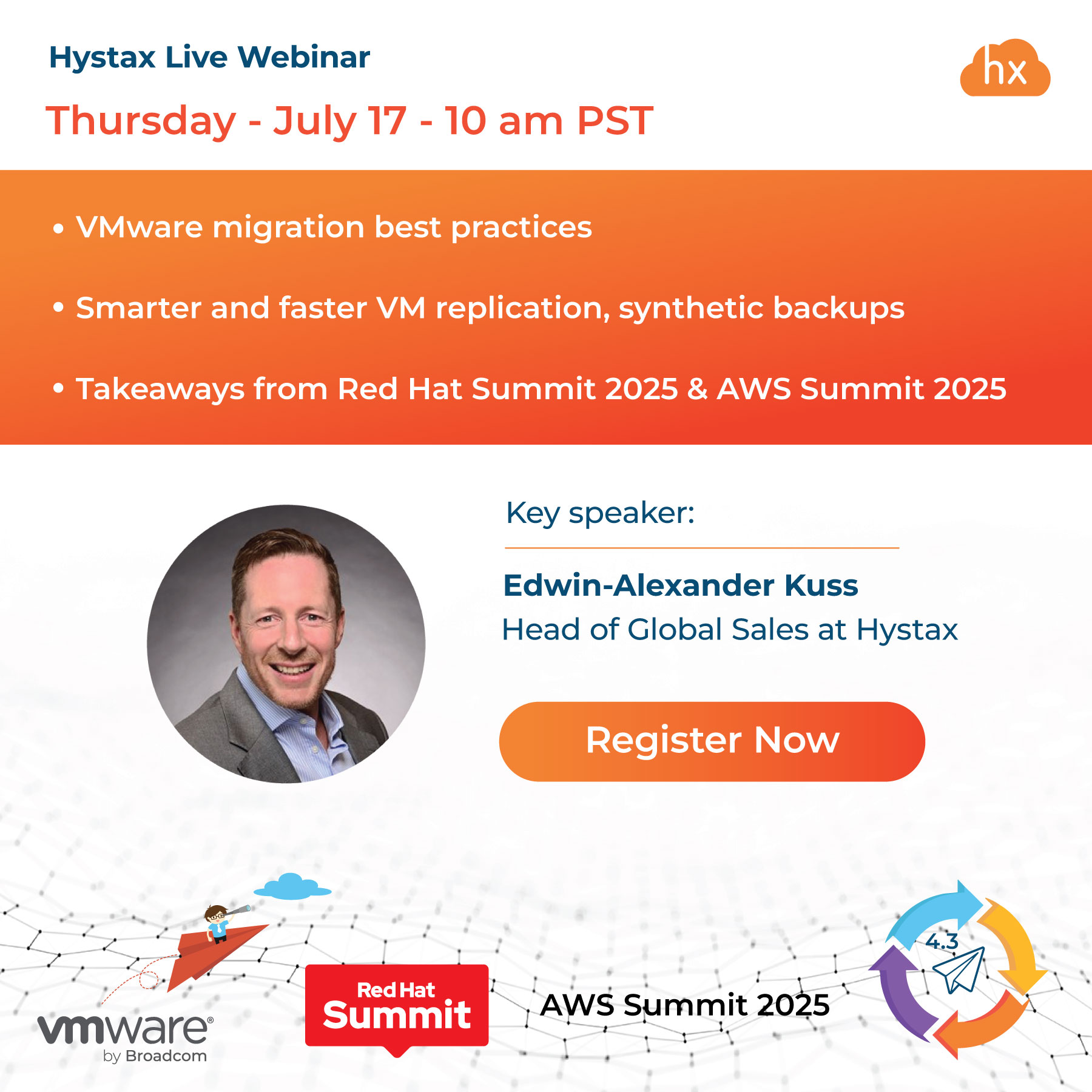
Understanding the contrast between RTO and RPO in disaster recovery solutions
The Recovery Point Objective (RPO) and Recovery Time Objective (RTO) represent pivotal parameters within a disaster recovery or data protection strategy. These objectives are crucial in guiding enterprises toward selecting an optimal cloud backup and disaster recovery plan.
RPO and RTO, in conjunction with a business impact analysis, play a pivotal role in developing a comprehensive business continuity plan.
Foundation for strategies: They are the foundational elements that help identify, analyze, and formulate viable tactics for inclusion in the business continuity plan.
Viable strategy options: These objectives guide the selection of strategies that enable the resumption of business processes within a timeframe that aligns with or closely approaches the RPO and RTO objectives.
On initial inspection, these two terms may seem quite similar. To distinguish between RPO and RTO effectively, it is beneficial to conceptualize “RP” in “RPO” as signifying “Rewrite Parameters” and “RT” in “RTO” as indicating “Real-Time.”
What RTO signifies in disaster recovery
The Recovery Time Objective (RTO) represents the maximum acceptable length of time a business process can be offline after a disruptive incident before the impact becomes intolerable. Essentially, RTO answers the query, “How long can it take to restore operations following a disruption?”
Regarding disaster recovery and data protection, RTO specifies the maximum allowable “real-time” lapse before the interruption adversely affects normal business functions.
What the RPO definition is in cloud data protection
Within the domain of cloud-based data protection, the acronym RPO, which stands for Recovery Point Objective, plays a pivotal role. RPO is a nuanced concept that delineates a specific time frame, crucial for assessing how long a disruption can persist before the quantity of data lost breaches the predefined threshold, often termed the “tolerance level,” as stipulated in the Business Continuity Plan.
To illustrate this with a unique perspective, picture a scenario where, in a system outage, the most recent unaltered data available dates back 18 hours. Now, suppose the particular business’s RPO is set at 20 hours. In that case, the organization still comfortably operates within the established parameters of its Business Continuity Plan’s RPO. Simply put, RPO attempts to answer the fundamental question of how far back in time a business can reasonably turn the clock while accounting for the data loss during the interim period.
Numerous factors influence the RPO for a business, and it can vary across different applications. Here are some key considerations that can impact RPOs:
Industry-specific considerations
Enterprises operating within sectors that handle sensitive data, such as financial transactions or health records, often necessitate more frequent updates to minimize the risk of data loss.
Data storage alternatives
The selection of data storage, whether physical files or cloud-based solutions, can notably impact the swiftness and effectiveness of data recovery processes.
Financial implications of data loss
Recognizing the economic consequences of data loss and operational disruptions is pivotal when establishing Recovery Point Objective (RPO) objectives.
Maximum acceptable data loss
Every organization must define its upper limit for acceptable data loss, which can vary following their unique requirements and priorities.
Investment in disaster recovery solutions
The financial commitment to implementing disaster recovery solutions can affect the speed and efficacy of data restoration during unforeseen incidents.
Compliance mandates
Several regulatory frameworks include provisions related to disaster recovery, data loss prevention, and data availability, and these may exert an influence on a company’s RPO targets.
It’s important to note that there is often a gap between the actual outcomes (Recovery Time Actual – RTA and Recovery Point Actual – RPA) and the objectives a business sets. These differences can only be revealed through disaster recovery and business disruption rehearsals, which allow organizations to fine-tune their data protection strategies and improve their ability to recover from adverse events.
A selection of typical backup varieties
Persistent replication
The focus is on continuous replication, a backup approach known for reliability and firm adherence to the Recovery Point Objective (RPO).
RPO assurance: Continuous replication ensures a reliable Recovery Point Objective (RPO). The RPO defines the maximum allowable data loss after a disruption.
Exact duplicate maintenance: In this method, the target system consistently maintains an identical copy of the source data. This meticulous replication process minimizes data loss and ensures data consistency.
Velocity of alterations: The specific RPO values are determined by how quickly changes are synchronized between the source and target systems. The faster the synchronization, the tighter the RPO can be.
Synchronous vs. Asynchronous replication: Whether the replication process is synchronous or asynchronous plays a significant role in defining the RPO. Synchronous replication ensures near real-time data consistency, while asynchronous replication may allow slight data lag.
Timely data availability: Ultimately, achieving the desired RPO is contingent on the timely availability of data on the target or replicated site for the application. This emphasizes the importance of swift data accessibility in disaster recovery scenarios.
Conventional backup methods
The scenario revolves around traditional tape-based backup methods involving periodic backups scheduled at specific times.
Scheduled backup times: The backups are scheduled twice daily, precisely at 6:00 AM and 6:00 PM. This timing reflects a predetermined backup frequency.
Primary site disruption: The situation considered is an immediate site disruption or failure resulting from various factors, including hardware issues, natural disasters, or system failures.
Data restore option: In the event of a primary site failure at 2:00 PM, the only available data to restore is the morning backup at 6:00 AM. This underscores the critical importance of timely backups to minimize data loss.
Recovery Point Objective (RPO): The RPO, in this case, is 8 hours, meaning that, in the worst-case scenario, you may lose up to 8 hours worth of data due to the time gap between the last backup (6:00 AM) and the failure (2:00 PM). It represents the maximum acceptable data loss.
Recovery Time Objective (RTO): The RTO is 2 hours, indicating that it should take no more than 2 hours to recover and bring the system back to operational status after a disruption. This emphasizes the need for efficient recovery processes.
In conclusion
In summary, it’s important to highlight that the Recovery Point Objective (RPO) and Recovery Time Objective (RTO) play a central role in disaster recovery and data protection strategies. These metrics are vital for helping businesses choose the proper cloud backup and disaster recovery plan to ensure IT resilience and business continuity.
With the Hystax Disaster Recovery solution, you can achieve top-notch RPO and RTO values, even in cross-hypervisor DR scenarios. Our solution empowers you to replicate your data and critical workloads to meet regulatory requirements while maintaining complete control over failover and backup infrastructure.
💡 How to build a resilient recovery strategy? Here you will find top recommendations → https://hystax.com/building-a-resilient-recovery-strategy-top-recommendations-for-businesses/



